
Soil Health & Fertilization
We unite suppliers and green industry professionals worldwide
Garlic, one of the oldest cultivated plants, is extensively used as a flavor boost for cooking and for its medicinal properties. Garlic is a favorite addition to kitchens everywhere as it has a robust flavor and adds great health benefits as well.
By Mariam Scott
|Published on September 19, 2025
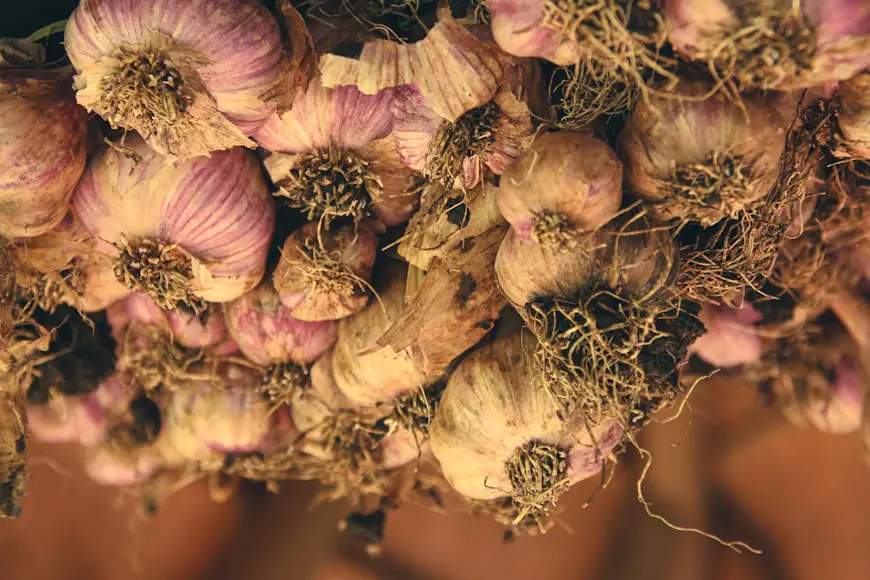

Garlic (Allium sativum), one of the oldest cultivated plants, is extensively used as a flavor boost for cooking and for its medicinal properties. Garlic is a favorite addition to kitchens everywhere as it has a robust flavor and adds great health benefits as well. Garlic also has benefits in the garden; it is a natural repellent for many pests and grows well as a companion to certain vegetables beyond the kitchen.
Its history spans thousands of years, and it is thought to have been domesticated in Central Asia. Garlic is a bulb on a plant that consists of several small cloves each covered with thin paper-like skin. A group of cloves forms the underground root system growing underneath the soil.
| Scientific Name | Allium sativum |
| Common Names | Garlic, Hardneck Garlic, Softneck Garlic |
| Family | Amaryllidaceae |
| Genus | Allium |
| Species | Allium sativum |

September 25, 2025
9 minute read
September 24, 2025
9 minute read
September 23, 2025
10 minute read
September 22, 2025
9 minute read


Join as a seller and connect with thousands of B2B buyers nationwide!
Sign Up
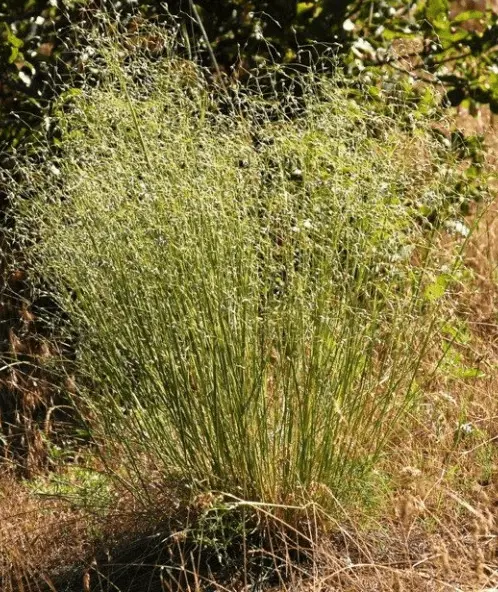
Upland Ricegrass
Upland Ricegrass is a tough and adaptable grass found growing primarily in drylands and uplands, fighting it out with the less palatable plants. It is highly valued as a grain food both for people and for animals in areas with few other crops.
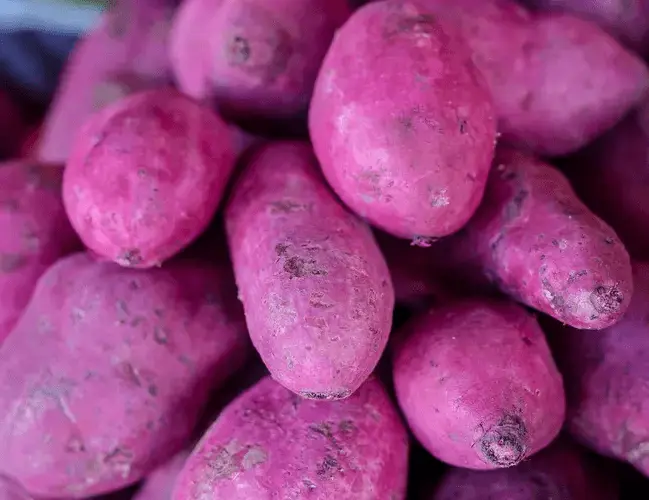
Yam
Yams are starchy roots that are cultivated as a food plant throughout the world by farmers. Yams are enjoyed worldwide as a source of nutrients and a cooking staple, and they belong to the Dioscoreaceae family.
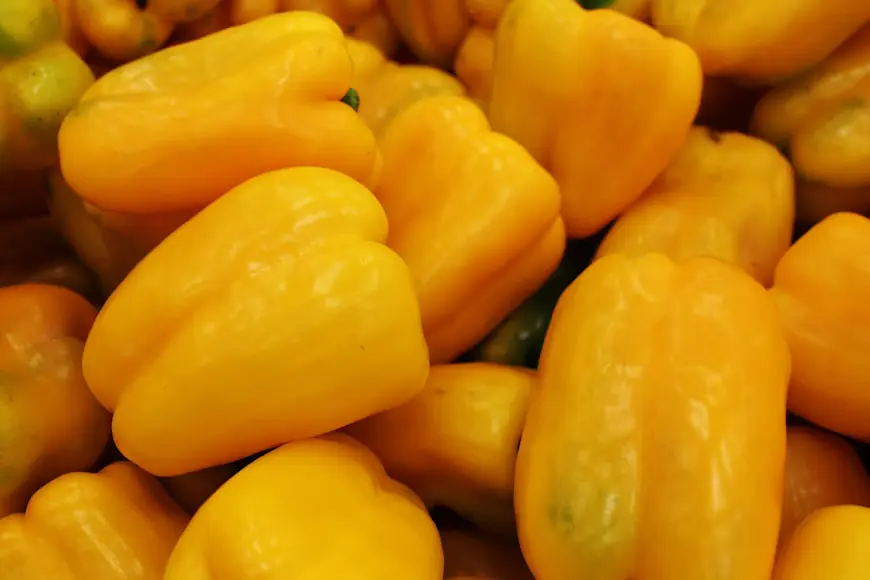
Yellow Bell Pepper
The most popular garden vegetables include bright yellow bell peppers, which have a sweet, tangy flavor. As a species of Capsicum annuum, bell pepper is a charming thing to cook. Its colorful essence attracts a lot.
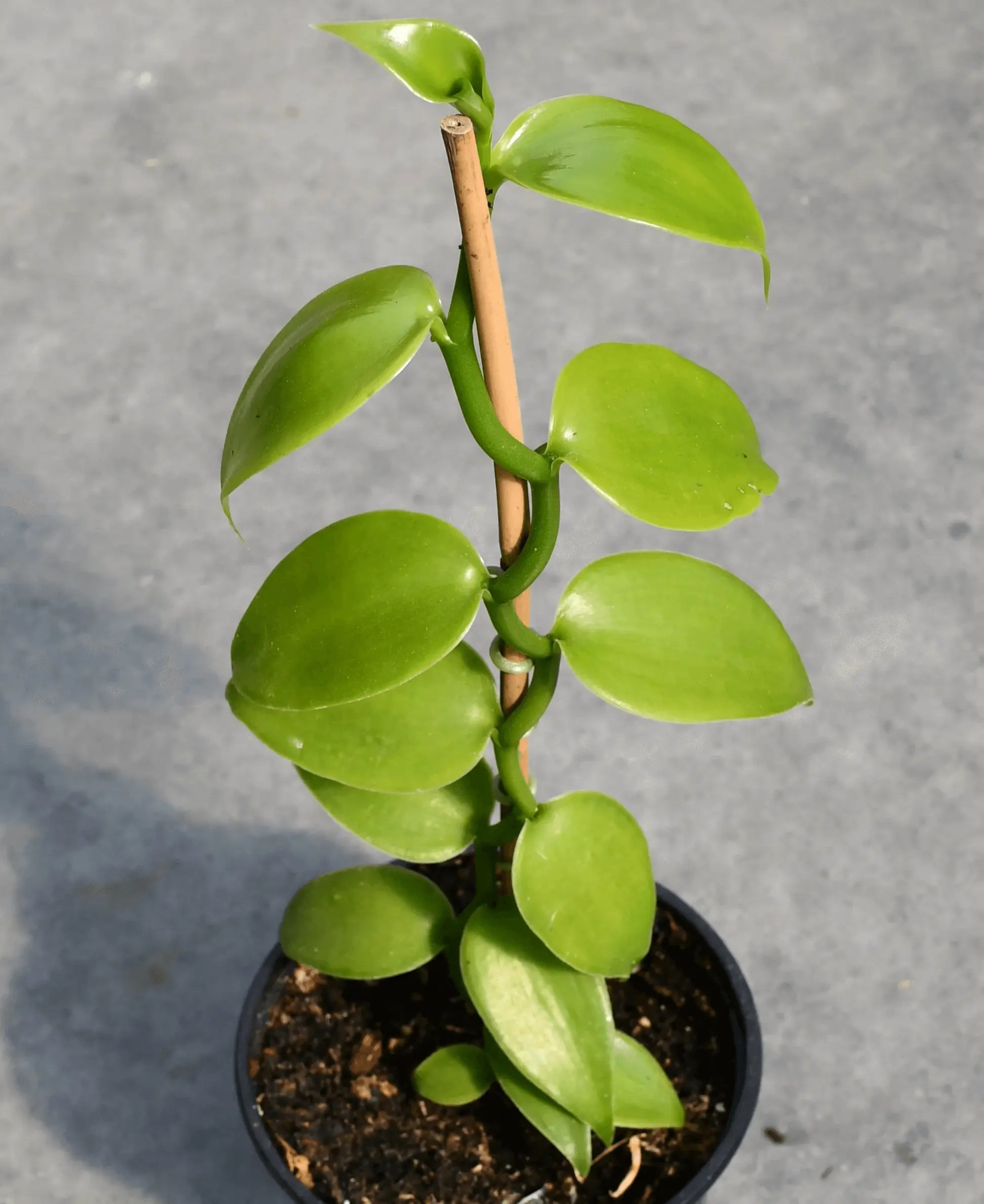
Vanilla Bean
One of the most enchanting plants of the world, the vanilla bean is the source of true vanilla flavor. Compared to most household herbs and flowers, vanilla has an extensive history of cultural importance, culinary prestige, and botanical mystery.
All garlic plants are noted for a number of features that make them popular both in the garden and the kitchen.
Garlic can be used for purposes beyond cooking or medicinal applications.
In order to produce the best bulbs, garlic needs a very particular growing environment.
Temperature: Garlic prefers a cool climate with an ideal temperature range of 55°F to 75°F (13°C to 24°C) and establishes the best growing conditions. A cold dormant period in the winter is needed to set a healthy bulb.
Garlic does not grow from traditional seeds but rather from cloves. Each clove, when planted, grows into a full bulb, which can then be divided into more cloves.
Since garlic grows from cloves, the germination is simply planting a single clove in the soil.
Garlic cloves stay alive and energetic for a very long time but if stored properly, they increase the survival rate with exceptionally high yields.
Garlic is grown from individual cloves taken from the specially chosen bulb.
Garlic is hardy and resistant to pests and diseases, but a few issues can occur:
Proper storage is essential to maximize the shelf life and quality of garlic bulbs.
Garlic is a flexible herb that provides many culinary and medical benefits. It is easy to grow and can develop in different growing conditions, which makes it perfect for gardeners who are just starting out. Handle garlic well, as it adds flavor to your dishes and contributes to a healthy, thriving garden ecosystem.
Garlic requires 8-9 months to fully mature, and bulbs are harvested in late spring through early summer, depending on the time of year it is planted.
Yes, garlic can be grown in containers, as long as the container has adequate drainage and enough space for the garlic bulbs to grow.
Garlic is a fall-planted crop (planted 4-6 weeks before the first frost) but it can also be planted in warmer climates in the early spring.

Soil Health & Fertilization
Victor Miller

Pest Identification & Prevention
Victor Miller

Lawn Care Tips & Maintenance
Victor Miller

Soil Health & Fertilization
Victor Miller

Smart Irrigation Systems
Victor Miller

Patios, Walkways & Driveways
Victor Miller

Soil Health & Fertilization
Victor Miller

Pest Identification & Prevention
Victor Miller
My Account
Our team is always here to help.
We are open Monday - Friday, 9:00 AM to 4:30 PM PST.